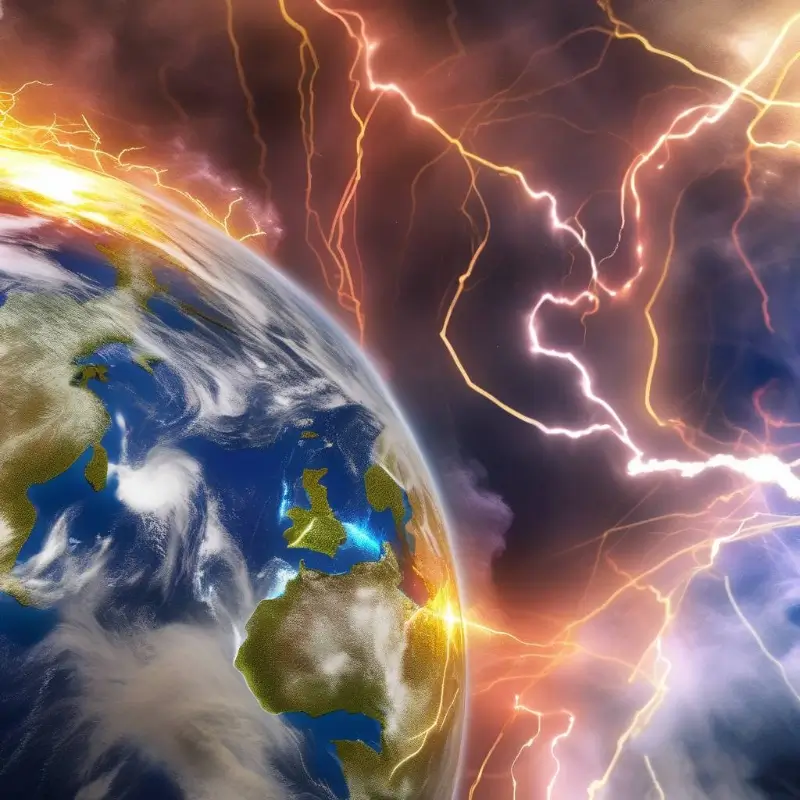why do geomagnetic storms occur?
Geomagnetic storms are disturbances of the Earth’s magnetosphere caused by intense solar activity, such as solar flares and coronal mass ejections (CMEs). Here’s a step-by-step explanation of why geomagnetic storms occur:
Solar Activity: The Sun is a highly active star that undergoes regular cycles of activity. One of the most notable aspects of solar activity is the presence of sunspots, which are cooler, darker regions on the Sun’s surface that indicate areas of intense magnetic activity.
Magnetic Fields: The Sun’s corona (the outermost layer of the Sun’s atmosphere) contains magnetic fields that are generated by the motion of plasma (ionized gas) within the Sun. These magnetic fields often arch away from sunspots and can become twisted and stressed due to the Sun’s rotation and other dynamic processes.
Release of Energy: When the stress on these magnetic fields becomes too great, they can suddenly “reconnect,” releasing a tremendous amount of energy in the process. This release of energy can occur in several forms:
- Solar Flares: A sudden release of energy in the form of light, X-rays, and particles. Solar flares are often associated with sunspots and can last for several minutes.
- Coronal Mass Ejections (CMEs): A vast expulsion of plasma and magnetic field from the Sun’s corona into space. CMEs can eject millions of tons of material at speeds of up to several million miles per hour.
Interaction with Earth’s Magnetosphere: The charged particles and magnetic fields associated with solar flares and CMEs travel through space and can interact with Earth’s magnetosphere, which is the region of space surrounding Earth where its magnetic field controls the environment.
Disturbance of Earth’s Magnetosphere: When the solar particles and magnetic fields reach Earth, they can cause the magnetosphere to distort and compress. This distortion can create changes in the Earth’s magnetic field, which can lead to changes in the flow of charged particles trapped in the magnetosphere.
Geomagnetic Storm: The interaction between the solar plasma and Earth’s magnetosphere can lead to a variety of effects, including the creation of radiation belts, the development of auroras (northern and southern lights), and the disruption of satellite communications and power grids on Earth. These effects are collectively known as a geomagnetic storm.
Geomagnetic storms can vary in intensity, from minor disturbances that might only be detected by sensitive instruments to major storms that can have noticeable effects on Earth’s atmosphere and technology. The most severe storms, known as “geomagnetic storms,” can lead to widespread power outages, damage to satellites, and other technological disruptions.



